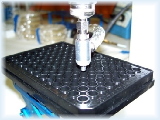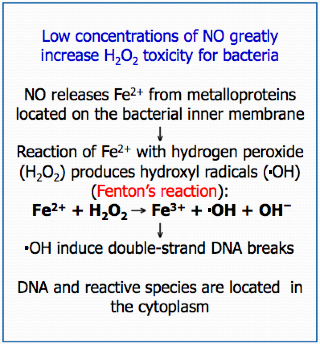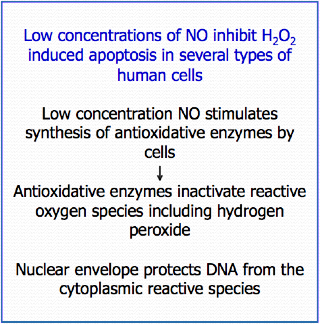| |
|
|
|
|
|
|
Plasma Biology
 Back to Basic Research
Back to Basic Research
 In plasma biology the basic interactions of plasmas with eukaryotic and prokaryotic
cells are studied, as well as with biofluids, viruses, fungi and spores. The aim
is to identify new medically active substances (e.g. ions), combinations of such
substances (atoms, ions, molecules), to evaluate their effect(s) on different cell
types and to research pathways towards application (e.g. permeabilisation of cell
walls) at the molecular level. In the distant future this could lead to
''Plasma Pharmacology''.
In plasma biology the basic interactions of plasmas with eukaryotic and prokaryotic
cells are studied, as well as with biofluids, viruses, fungi and spores. The aim
is to identify new medically active substances (e.g. ions), combinations of such
substances (atoms, ions, molecules), to evaluate their effect(s) on different cell
types and to research pathways towards application (e.g. permeabilisation of cell
walls) at the molecular level. In the distant future this could lead to
''Plasma Pharmacology''.
Differential Effects of Reactive Species
Bacteria

|
Human Cells

|
A design criterion for in vivo plasmas:
- Control the production of NO and H2O2
and the overall dose so that:
- toxicity for bacteria is increased
- H2O2 apoptosis of cells is inhibited
- This can be done quantitatively for any given CAP plasma device by
adjusting the plasma power and the plasma dose.
- In principle it is possible to adjust this to the specifics of
each patient.
For more details see: Nosenko et al, NJP, 2009.
Read more on Plasma Biology:
- Bactericidal and antiviral effects of
plasma irradiation
- Effects of plasma irradiation on human
cells
 Top of page
Top of page
|
|
|
|
| |
|
|